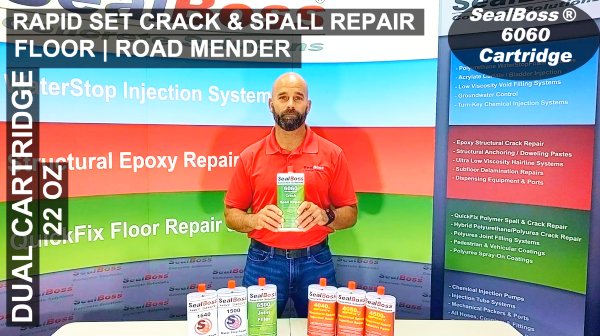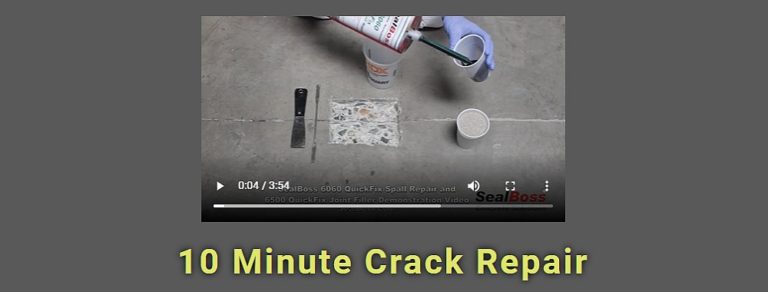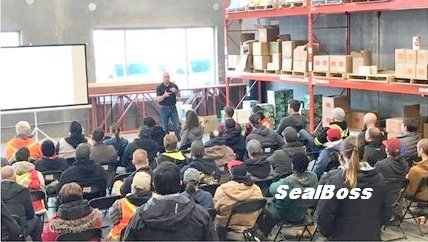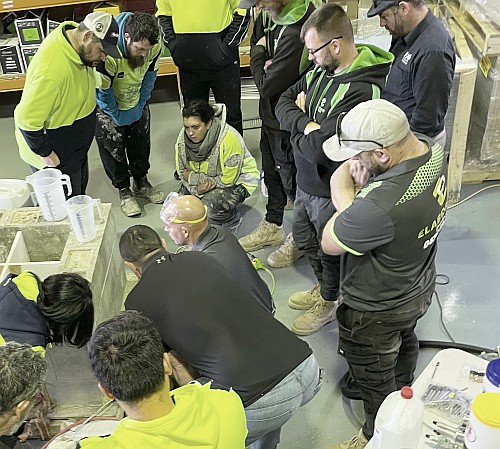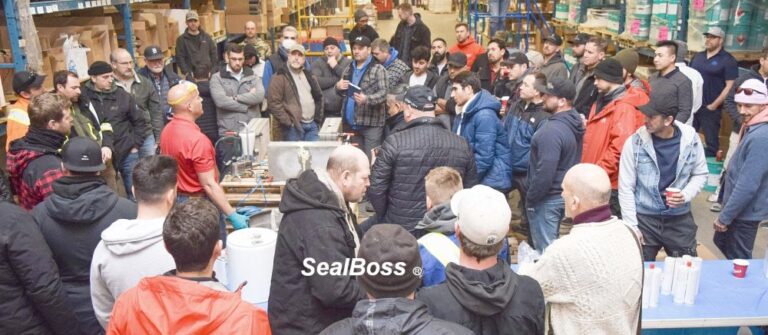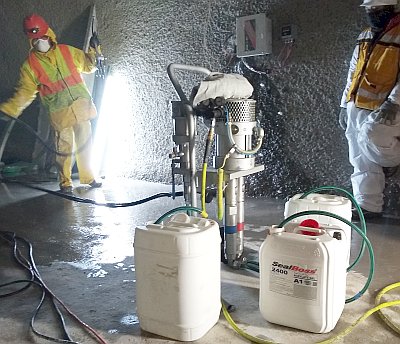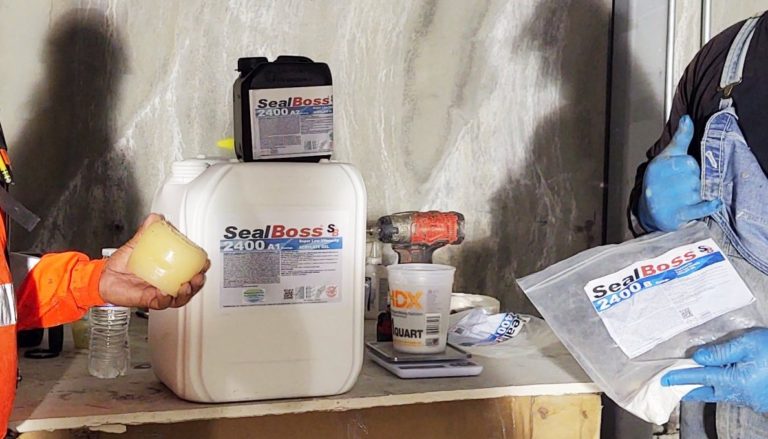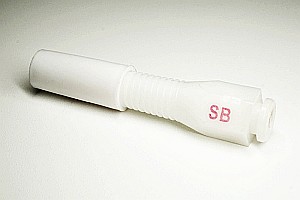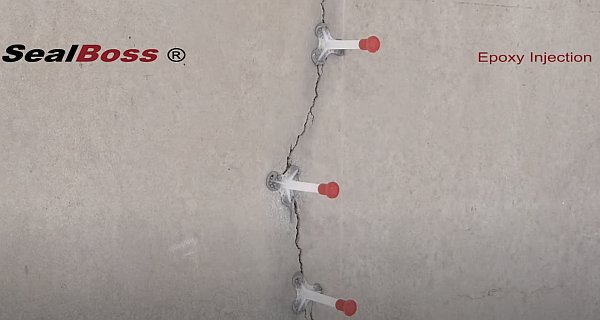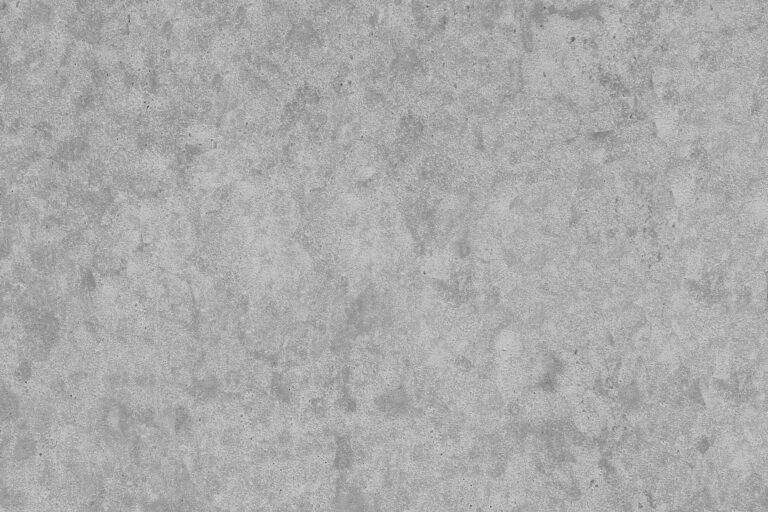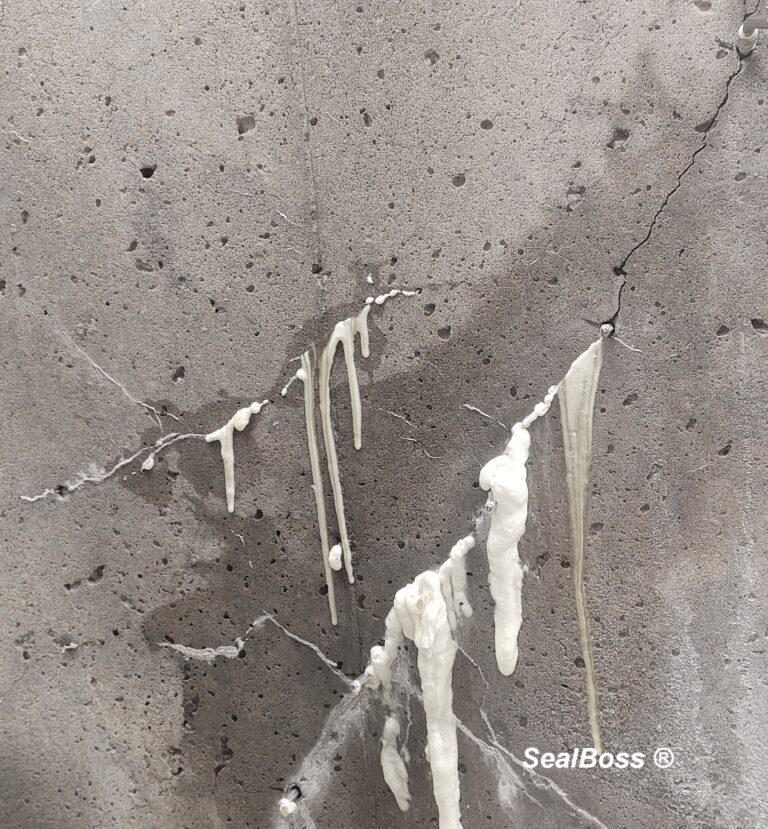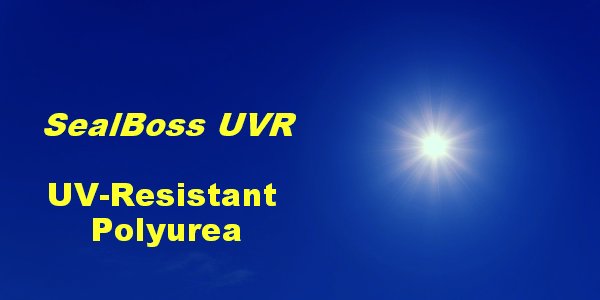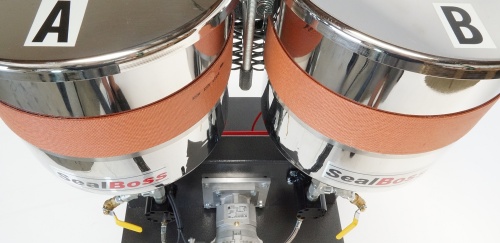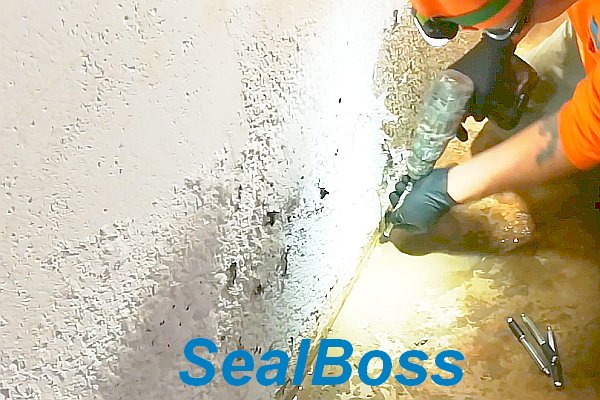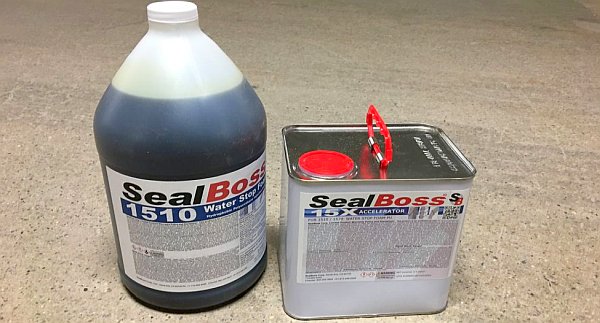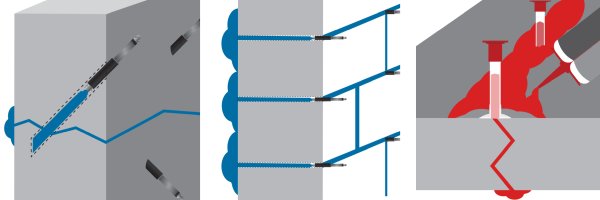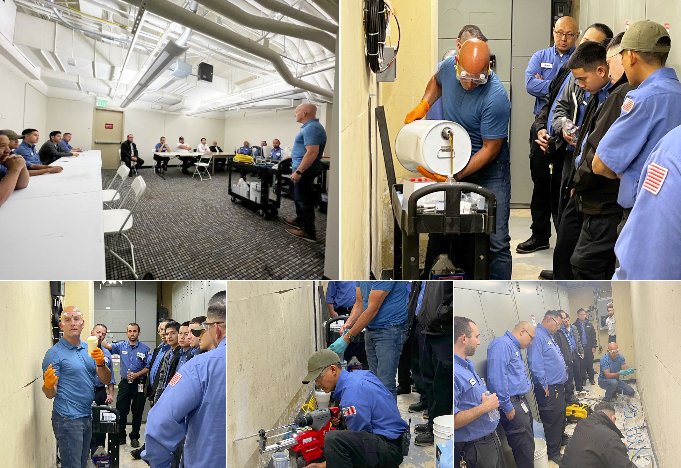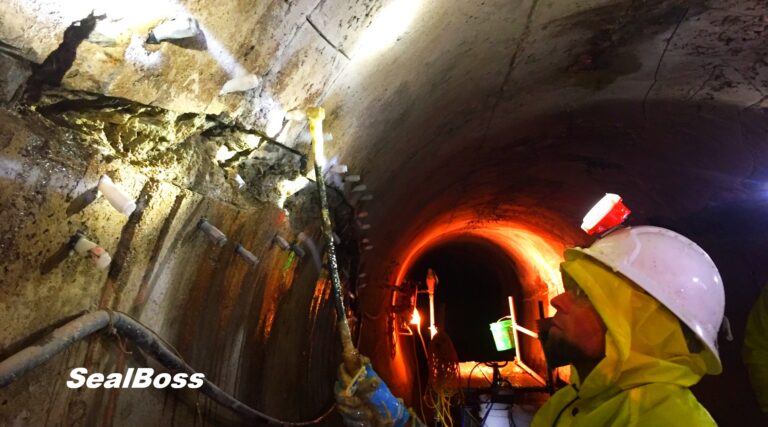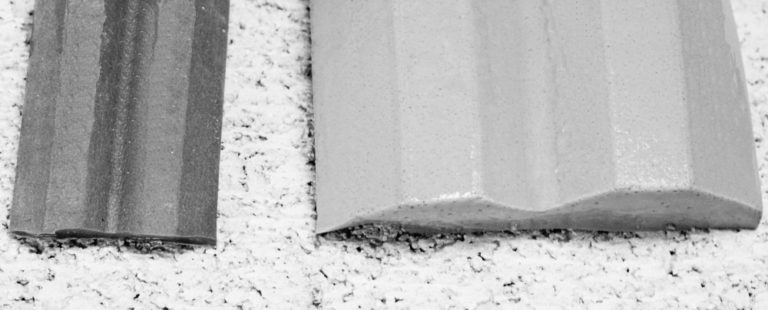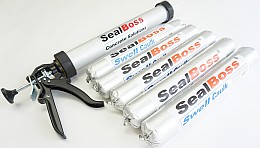Hydrophobic vs Hydrophilic Polyurethanes
Injection Foams, Resins and Gels
Hydrophobic versus Hydrophilic Polyurethanes and Acrylic Chemical Grouts Explained
Polyurethane chemical injection grouts can be broadly categorized into two types: hydrophobic and hydrophilic.
The primary distinction between hydrophobic and hydrophilic polyurethane resins designed for injection lies in their interaction with water. Hydrophobic injection resins repel most of the water, whereas hydrophilic injection resins absorb it during their reaction.
Both hydrophobic and hydrophilic injection resins, despite their varied reactions to water, can be highly effective for sealing and repairing gaps, cavities, and leaks in concrete structures. However, choosing one over the other is not arbitrary, it largely depends on the specifics of the application and the nature of the issue that needs addressing.
Thus, by understanding the distinct properties of each material, one can determine the best fit for a given situation and application.
Hydrophobic Polyurethanes
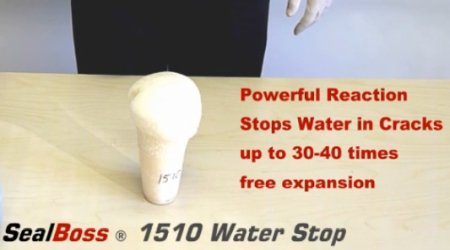
The term “hydrophobic” comes from the Greek words “hydro” meaning water and “phobia” meaning fear, resulting in a material that repels water. In the case of hydrophobic grouts, they have little tendency to absorb water into their structure.
Hydrophobic, water-activated polyurethane foams , also known as water blown polyurethanes, need just a tiny amount of water to set off the reaction, leading to polymerization and expansion. During the process of polymerization, a small proportion of water interacts with the polyurethane resin, which produces carbon dioxide gas. This gas expands the foam, leading to the creation of a compression seal in a confined space. Any surplus water is forced out during this process.
After curing, hydrophobic foam grouts maintain their shape, size, and volume without being affected by dry cycles within the substrate. Hydrophobic grouts, once cured, produce a foam of varying rigidity and flexibility. Their high foaming property allows for significant expansion in volume, filling large voids with minimal material. This expansion can reach up to 40 times the initial volume.
- Single Component Hydrophobic Water Stop Foams
Water stop and leak-sealing foam grouts are usually available as a single component material, along with an accelerator that can regulate expansion rates, induction, and cure times. These hydroactive hydrophobic foams share similar characteristics. The reaction is initiated only by water or moisture, but once cured, the product remains unaffected by moisture and maintains a constant volume. Since water is not part of the foam structure, the cured material is not affected by water or dryness and does not shrink or swell. These products are also not affected by freeze/thaw and wet/dry cycles.
Characteristics
Cured Product: Rigid, Semi-Rigid, Flexible Foam
Reactive Mechanism: Requires Moisture / Water
Accelerator Adjusted: Yes
Elongation Properties: Up to 250%
Wet/Dry Cycles: Essentially Not Affected
Adhesive Bond to Substrate: Good
Application Equipment: Single Component
– SealBoss 1510
– SealBoss 1570
– SealBoss 1570LV
– SealBoss 1500 - Dual Component Hydrophobic Fill and Lift Foams
Dual component foam grouts offering higher structural strength, very short reaction time, and good rigidity are available for void filling and slab lifting applications. These are polyurethanes that do not require any external water to react, but will react in dry and wet environments.
Characteristics
Cured Product: Rigid Foam
Reactive Mechanism: No external Water required
Accelerator Adjusted: No
Elongation Properties: Rigid
Wet/Dry Cycles: Essentially Not Affected
Adhesive Bond to Substrate: Good
Application Equipment: Two Component, Plural Component
– SealBoss 1640 / 1620 - Dual Component Hydrophobic Super Low Viscosity Resin
The dual-component injection resin cures into a non-cellular and flexible product. It has excellent penetration properties in fine and hairline cracks and has an adjustable reaction time. Unlike some other resins, this two-component polyurethane resin does not require external water to initiate the reaction. It can react in both dry and wet environments.
Characteristics
Cured Product: Non-cellular flexible Leak Sealant
Reactive Mechanism: No external Water required
Accelerator Adjusted: 1400 Catalyst
Elongation Properties: 100%
Wet/Dry Cycles: Essentially Not Affected
Adhesive Bond to Substrate: Good
Application Equipment: Single Component, Two Component
– SealBoss 1403 SLV
Hydrophilic Polyurethanes and Acrylics (Acrylates)
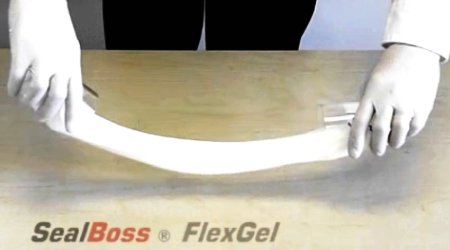
The term “hydrophilic” comes from the Greek words “hydro” meaning water and “philia” meaning love, referring to a material that readily absorbs water into its structure and can form gels. Hydrophilic grouts absorb water molecules during the reaction and polymerization, resulting in a highly flexible product.
These grouts can accommodate movement during expansion and contraction cycles. While hydrophilic grouts may dehydrate and shrink to some extent based on the amount of water absorbed, in most applications and environments, the surrounding concrete or soil’s moisture content and humidity are typically high enough to keep shrinkage to a minimum. Hydrophilic resins can achieve excellent bonding with wet concrete as they penetrate deeply into the pores and hairline cracks.
- Single Component Hydrophilic Foam /Gel
Water initiates reaction and either forms a foam or gel based on water absorption. The product is capable of absorbing and incorporating water post cure, thereby swelling and forming a waterproofing flexible gel or foam.Does FlexGel Hydrophilic Resin Shrink in the Absence of Water when used for Crack Injection?
When used as a single component injection grout, and without water mixed into the product prior to crack injection, FlexgGel will reject excess water similar to a hydrophobic polyurethane foam grout – resulting in a cured product of low water content. FlexGel Injection Rubber product will perform in line with the hydrophobic grouts. Please refer to data sheet for details.Characteristics
Cured Product: Foam or Non-cellular flexible Gel
Reactive Mechanism: Requires Moisture / Water
Accelerator Adjusted: No
Elongation Properties: 100% to 1000% (Foam or Gel reaction)
Wet/Dry Cycles: Water loss and contraction in dry cycles — based on initial water content
Adhesive Bond to Substrate: Excellent
Application Equipment: Single Component, Two Component - Plural Component Hydrophilic Acrylic / Acrylate Gel
Multi component product where water is incorporated in large amounts to form a highly flexible gel. Super low viscosity, poly acrylate gel with accelerator. The product offers outstanding penetration properties similar to plain water. Used for Tunnels, Mining, Curtain Injection.Characteristics
Cured Product: Flexible Gel
Reactive Mechanism: Water added to mixture
Accelerator Adjusted: Yes
Elongation Properties: 250%
Wet/Dry Cycles: Water loss and contraction in dry cycles
Adhesive Bond to Substrate: Very good
Application Equipment: Multi Component, Plural Component Gel Pump
Related Articles
- Seawall Repair with Polyurethanes
- Crack Injection Overview
- Tunnel Water Stop Injection Repair
- Curtain Injection Pictures and Podcast
Learn More
We encourage you to contact us at 714-662-4445 if you have any queries or require assistance. Alternatively, you can request to be contacted through our website. Our team of knowledgeable and experienced technical representatives can provide on-site support upon request, and we are dedicated to helping you find the best solution.






























